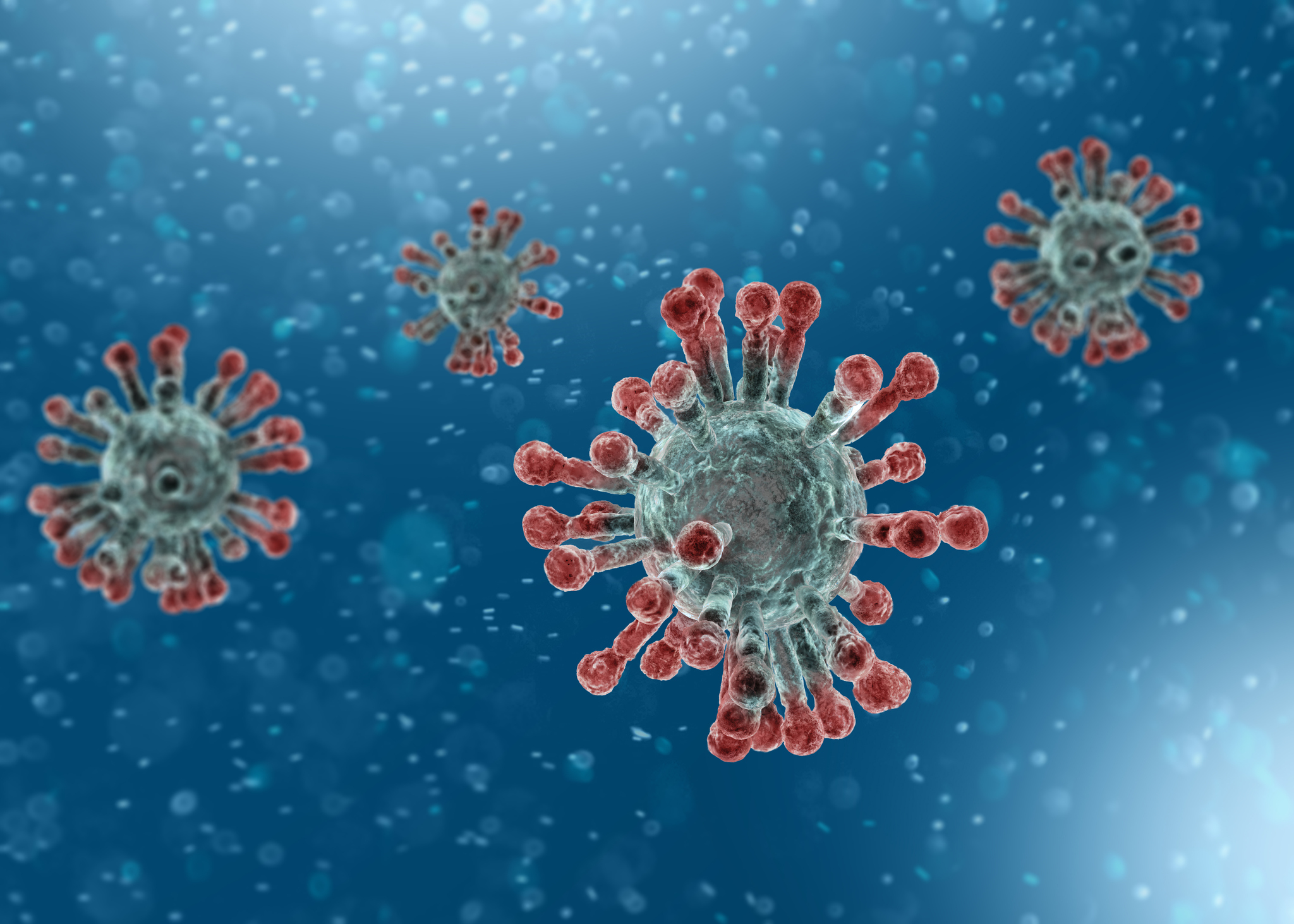MAGIcIAN
Modelling Approaches to Guide Intelligent surveillance for the sustainable Introduction of novel Antibiotic

Objective
- Develop approaches and tools in support of (sub-)national prioritisation of AMR surveillance activities, through data science analyses and machine learning techniques;
- Develop approaches and tools in support of local targeted and timely AMR surveillance, through holistic dynamic network modelling;
- Illustrate in a case study the capacity of these approaches to facilitate the sustainable potential future introduction of novel class and last-resort antimicrobial drugs.
Description
Antimicrobial resistance (AMR) is increasing worldwide, and surveillance activities play a key role in informing policies to contain AMR. Moreover, resistance to new antibiotics is emerging ever quicker after their introduction onto the market, rapidly reducing the effectiveness of even last-resort antibiotics. As such, the sustainable introduction of a novel class antibiotic can only be achieved when accompanied by timely and informed surveillance and stewardship strategies. Affordable methodologies and tools to estimate the extent of national and local AMR are urgently needed to intelligently prioritise surveillance efforts, especially in low and middle-income countries (LMICs). Combining clinical, microbiological, epidemiological, and computational modelling expertise in one consortium, the project aims to satisfy that need through advanced data science and machine learning techniques at the global and (sub)national scale, and multi-scale holistic dynamic network models at the local scale. Data and models resulting from the project will be disseminated to the benefit of various stakeholders, via their active participation in the project’s sounding board workshop, their involvement in our advisory board, the release of data and models in an international repository, and the initiation of integrating our modelling system in a web-based interactive platform. Ultimately, our approaches aim to facilitate the sustainable potential future introduction of novel class and last-resort antimicrobial drugs. We illustrate this capacity in the specific case of Neisseria gonorrhoeae.
Partners
Academisch Medisch Centrum
National Research Council of Italy (Italy)
Daugavpils University (Latvia)
Istituto per le Applicazioni del Calcolo Mauro Picone (Spain)
Instituto de Salud Carlos III (Spain)
Center for Disease Dynamics,Economics & Policy (India)
Countries
Italy, Latvia, Spain and India
